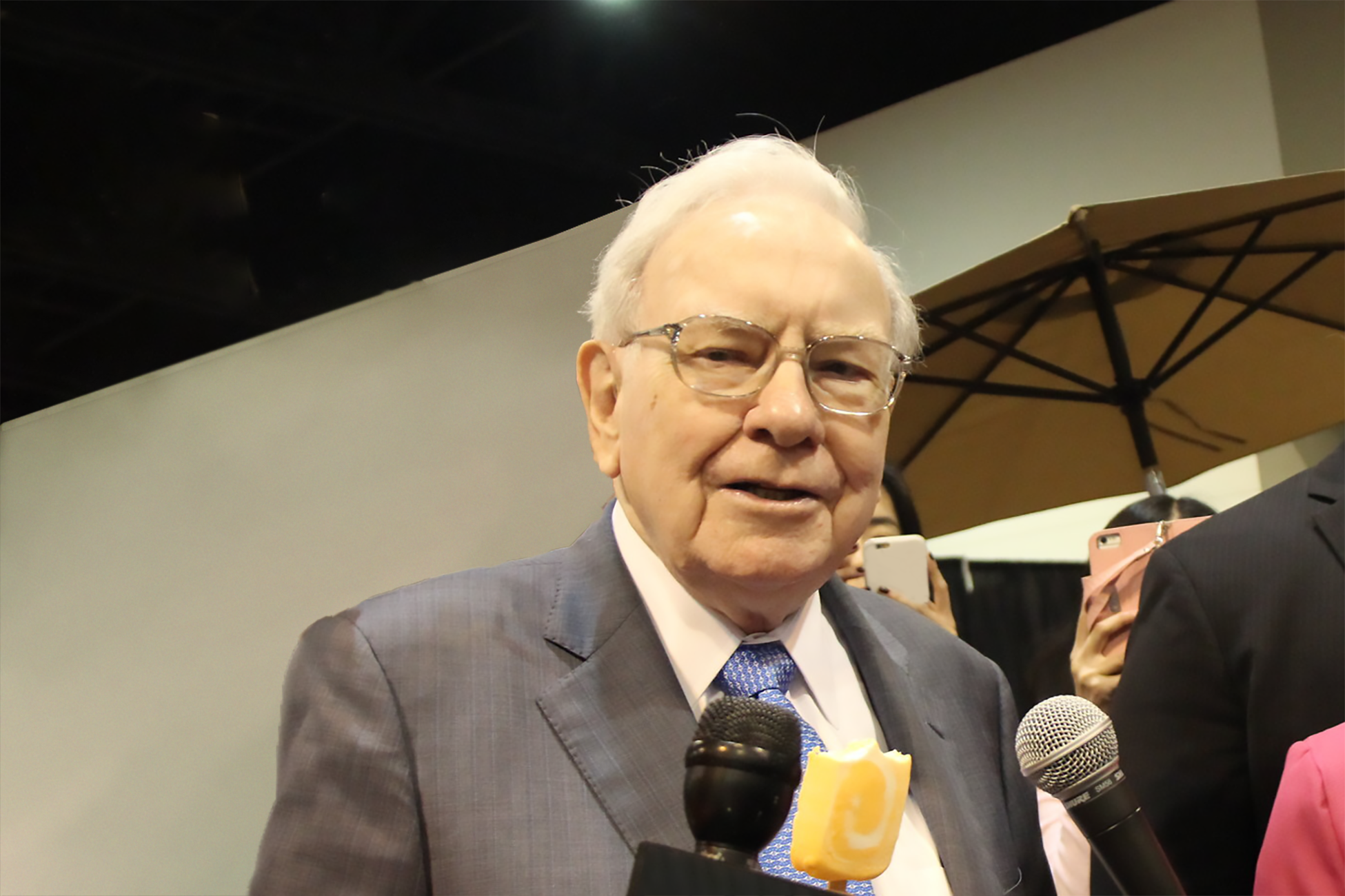To say Paris-based Total S.A. (TOT +0.00%) has experience with plummeting oil prices would be putting it lightly. After the 2016 oil price rout, Total's management understood how to better prepare itself for the next time oil prices fell. But investors in Total may wonder how much room the company has left before further cuts start endangering its dividend.

IMAGE SOURCE: GETTY IMAGES.
In an announcement directed toward its workers but given a worldwide public audience likely intended to instill confidence in investors, Total announced it is slashing its CAPEX budget by $3.3 billion. This amount equates to nearly 20% of the capital budget for 2020. This $3.3 billion cut to CAPEX was divided up by operating segment, as shown in the pie chart below.

CAPEX cut Distribution for Total 2020 by Segment. Data Source: Total SA press release. Chart by Author.
The majority of the budget cuts were done in the Exploration and Production (E&P), where about $2.5 billion of investments were shelved for this year.
The company also announced that it's suspending its share buyback program, reducing cash expenditures by about $1.5 billion for the fiscal year.
Total will be targeting an additional $500 million in operating expense cuts this year. That puts its new goal for total operating expense cuts in 2020 at $800 million.
Where spending is being reduced
Total announced that a majority of the spending is being reduced in short-cycle projects -- anything from installing a new rig above a potential well to exploratory drilling in a new onshore field. These short-cycle projects are flexible and can be moved into future fiscal periods when conditions and price environments improve. In contrast, long-cycle projects include the LNG facilities the company in which the company owns stakes, located in Russia and Louisiana. These long-cycle projects demand commitments for investment longer than a year -- sometimes five to 10 years.
How today compares to 2016
Today's oil price environment likely didn't catch Total by surprise, thanks to 2016's oil price rout. In early 2016, the public saw oil plummet to around the same prices we are seeing today. Total's response then, much like today, was to cut its costs for producing oil by focusing on existing projects rather than searching for new ones, and target capital expenditures that could be simply moved to another fiscal period rather than scrapped entirely.
Because Total chose to produce oil and natural gas from lower-cost sources, reduce overhead, and negotiate costs in service contracts in 2016 -- even going so far as to start performing maintenance services in-house rather than contracting them out -- the company was able to cut its production costs by 40% back then.
In the years since, Total has also sought to diversify assets, with $6 billion in acquisitions in 2019 alone, including the purchase of Anadarko's (OXY 0.25%) interest in the Mozambique LNG project and a recent investment into an 800 MW solar plant in Qatar .
The company has been mindful to keep the impact on its debt load minimal while making these acquisitions. While the company's debt still stands at around $47 billion (up roughly 6% from $44.5 billion in 2015), its assets have risen an impressive 22% in the same time .
Great Defensive Position, but What About Their Cash?
As other Fools have pointed out, Total has been known to hoard cash. In December 2019, it held more than $27 billion on its balance sheet. This year it should need only around $7.8 billion of that to pay its dividend, based on an outstanding share count of 2.618 billion shares .
Reducing the company's CAPEX and stock buybacks to the tune of $5 billion still allows Total to make potential investments in the future, while providing a nice buffer for its cash position that should instill confidence in investors that the company's dividend is relatively safe. Should the environment get worse, Total can always take a page from its 2015 playbook and offer a dividend of discounted shares in lieu of cash.
For investors who like dividend yields and long-term prospects, Total might present a perfect buying opportunity right now, given the early measures it is taking and the weapons left in the company's arsenal to protect itself from lower oil prices.







